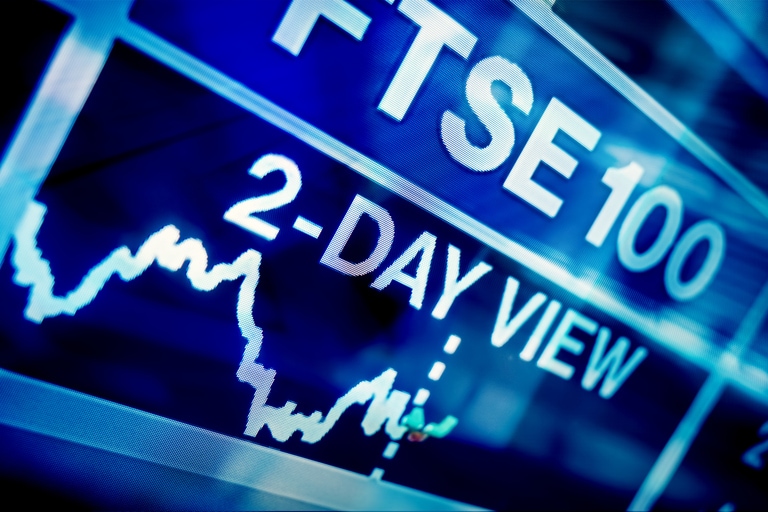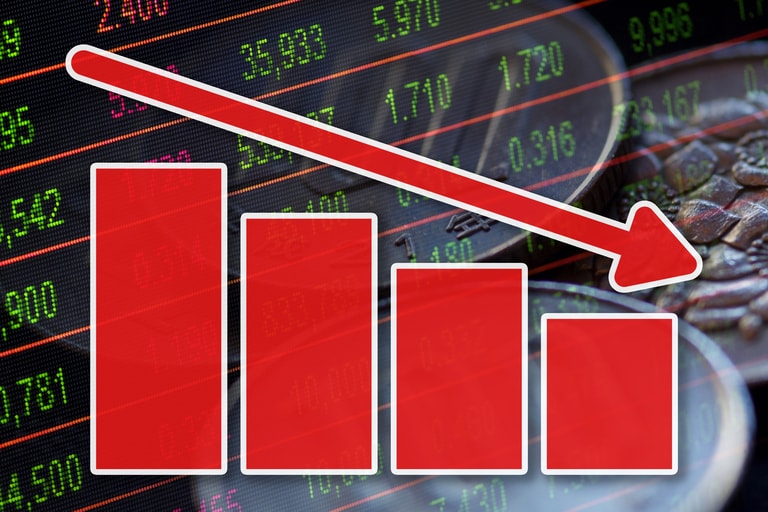Yesterday turned out to be strange day for markets, with European markets closing mixed, US markets finishing strongly higher, along with oil prices, while bond yields slid back despite another set of strong inflation readings from the US and UK.
The US dollar also slid back from 20-year highs against the Japanese yen, in a move that may well have had more to do with investors paring risk heading into the long Easter weekend.
There would appear to be no other reason to explain some of the odd moves that took place yesterday, other than end of week positioning, ahead of today’s ECB meeting, US retail sales for March and weekly jobless claims.
This week we’ve seen the Reserve Bank of New Zealand raise rates by 50bps, as well as potentially setting the scene for a similar hike in May.
The Bank of Canada also got in on the act yesterday, front running to some extent a similar upcoming 50bps rate rise from the US Federal Reserve next month, with the Bank of England likely to follow suit after yesterday saw headline UK CPI hit 7% with the prospect that we could well be at 9% when the April number gets released in just over a months’ time.
Today it’s the turn of the European Central Bank, and much like the Bank of Japan it has been resisting the calls for a tightening of monetary policy in the face of rising inflationary pressure.
Unlike Japan the EU does have an inflation problem with headline CPI already at a record high of 7.5%, and which is likely to move even higher in the coming months, although core CPI is around half of the rate seen in the UK and US.
That doesn’t mean the EU inflation problem isn’t causing issues, it most certainly is with many countries seeing much higher rates, while factory gate inflation is even higher, well above 20% in places like Germany and Italy.
When the ECB met back in March, we saw the first signs of real concern that several members on the governing council were having a wobble when it comes to the outlook for inflation. The decision was taken to signal that the bank would be tapering its asset purchase program steadily over the summer, with a view to ending it in Q3.
This was a little unexpected, as was the ECB removing the language that rates could be lower than they currently are, implying that further easing was no longer on the table.
The main consequence of this move was to open up the central bank’s options with respect to potentially raising rates by the end of this year, although given the language in its recent minutes there still seems to be a significant degree of complacency amongst some members of how serious the current inflation situation is.
Since that March meeting, the inflation picture has evolved considerably and served to underline what a bind the European Central Bank finds itself in.
With the latest March CPI number surging to a new record high of 7.5% from 5.9% this anxiety is likely to increase further, even if core prices still remain low at 3.1%.
The move higher in prices is even more painful for countries like Poland, Estonia, and Lithuania where inflation is well above 10%. While it may seem easy to ignore the likes of these Baltic states, the cries of anguish are now being felt in the bigger northern European economies like Germany where CPI is now at 7.3%, and at post-unification record highs, and where the Bundesbank President Joachim Nagel has said that interest rates have to go up soon.
The ECB is now faced with an enormous challenge with an inflation target of 2% that they are missing by a mile, an inflation forecast that now looks out of date at 5.1%, and rising bond yields which are likely to hurt the most indebted economies of Italy and Spain the most.
Last week, unnamed ECB officials briefed that preliminary work was starting on a new tool that would cap any blowout on bond spreads, although there was little on detail as to how this would be implemented in a way that could be considered legal, and within the confines of the capital key.
Italy is a particular problem in that it can least afford higher borrowing costs at the same time as seeing the biggest rises in annual PPI, which are currently in excess of 40%.
The ECB doesn’t appear to have the luxury of doing nothing, yet this is what we can probably expect when President Lagarde holds her press conference later today, against a backdrop of rising discontent amongst countries like Germany and the Netherlands, about ECB inaction.
Of all the central banks now, the ECB probably has the most difficult task, trying to navigate the complex intricacies of a CPI inflation spread between eurozone members of 4.5% in France, to 15.2% in Estonia.
This helps explain why, in recent years, the ECB has managed to turn procrastination into an art form, with a degree of linguistic legerdemain that would make a politician proud.
This cannot continue and at some point, the ECB will have to bite the bullet and set out a timeline for a rate hike. Lagarde will also have to fend off questions on how the ECB would deal with a widening of bond spreads, fully aware of the fact that she is currently limited in options on how to achieve that.
She certainly can’t use the answer she used at her first press conference, that the ECB is not here to close spreads!
US retail sales for March are expected to see a rise of 0.6%, a modest improvement on February’s 0.3%, while weekly jobless claims are expected to rise modestly from their lowest level since 1968 at 166k to 170k.
EUR/USD – rebounded from the key support just above the 1.0800 area and trend line support from the 2017 lows. A break below the March lows signals the potential for a move towards the 2020 lows at 1.0635. Resistance remains back at the 50-day MA, as well as this month’s high at 1.1185.
GBP/USD – rallied off the 1.2970/80 area and has moved back above the 1.3100 area, however we need to see a break above 1.3180 to stabilise, and argue for a move towards 1.3300. A break below 1.2970/80 argues for a move towards 1.2800.
EUR/GBP – still looking soft after failing at the 0.8380 level on Monday, with resistance also at the 0.8420 area. We still have support around the 0.8280/0.8300 area, but still remains range bound.
USD/JPY – moved up to 126.32 and a 20-year high, before retreating back below 126.00 in what could well have been a classic short squeeze. The failure to hold above 126.00 could trigger a clear out back towards 121.30/40 on a break below 124.70.
CMC Markets erbjuder sin tjänst som ”execution only”. Detta material (antingen uttryckt eller inte) är endast för allmän information och tar inte hänsyn till dina personliga omständigheter eller mål. Ingenting i detta material är (eller bör anses vara) finansiella, investeringar eller andra råd som beroende bör läggas på. Inget yttrande i materialet utgör en rekommendation från CMC Markets eller författaren om en viss investering, säkerhet, transaktion eller investeringsstrategi. Detta innehåll har inte skapats i enlighet med de regler som finns för oberoende investeringsrådgivning. Även om vi inte uttryckligen hindras från att handla innan vi har tillhandhållit detta innehåll försöker vi inte dra nytta av det innan det sprids.






